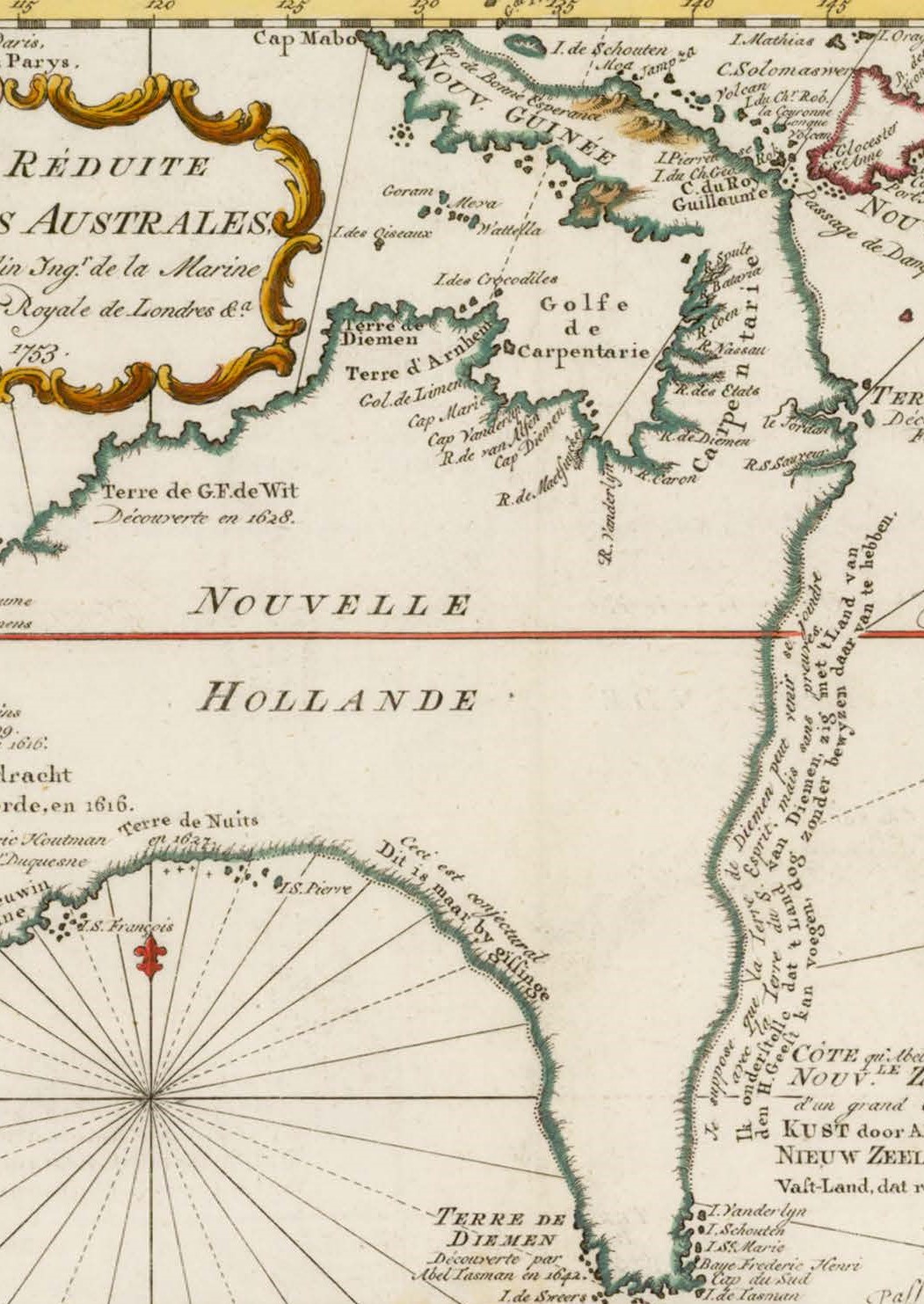A New New World
Unmapping Africa in the Age of Reason
DOI:
https://doi.org/10.55283/jhk.13955Keywords:
History of Cartography, History of Africa, Blank Spaces, UnmappingAbstract
Over the course of the eighteenth century, European maps of Africa became increasingly empty. Rivers and mountains, kingdoms and towns that had been mapped for centuries suddenly disappeared and were replaced by unmapped, blank spaces. Though historians have scrutinized the role of the blank spaces in creating and sustaining the perception of Africa’s interior as an unknown and unclaimed territory, the blanks themselves have long been understood as the bi-products of improved scientific standards. Geographers in the European Enlightenment, we have been told, cleared their maps of imaginary wonders, and drew a sharp line between the known and the unknown. This explanation for the continent’s unmapping is not, however, congruent with the empirical evidence. Though eighteenth-century geographers argued eloquently for the principled suppression of uncertain knowledge, they were no less at the mercy of conflicting reports than their predecessors had been. Leaving parts of a map blank to represent unexplored regions was similarly not their invention—it had long been a feature on maps of the New World. What was new about the blank spaces on eighteenth-century maps of Africa was not so much the blanks as such, as their application to a previously mapped part of the Old World.
Downloads
Downloads
Published
Issue
Section
License
Copyright (c) 2023 Petter Hellström

This work is licensed under a Creative Commons Attribution 4.0 International License.


